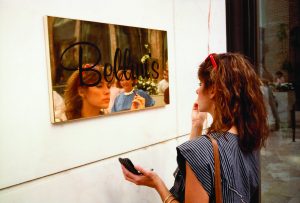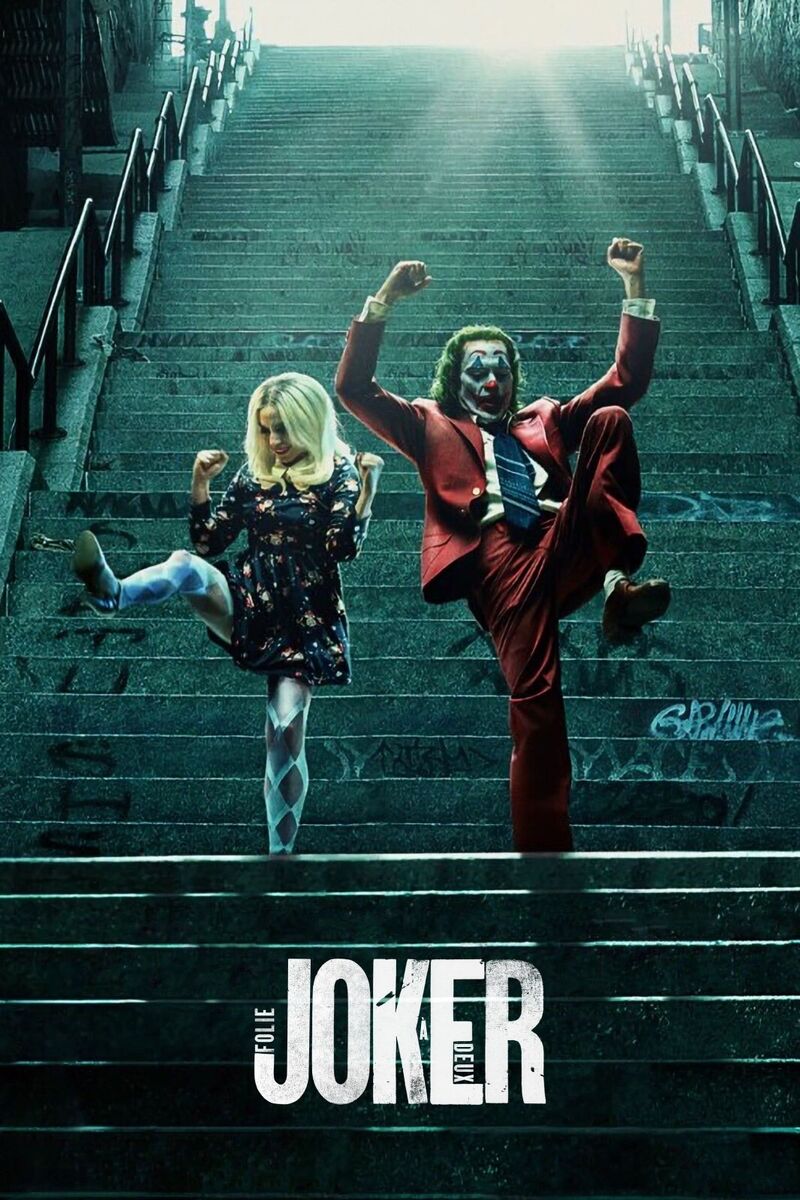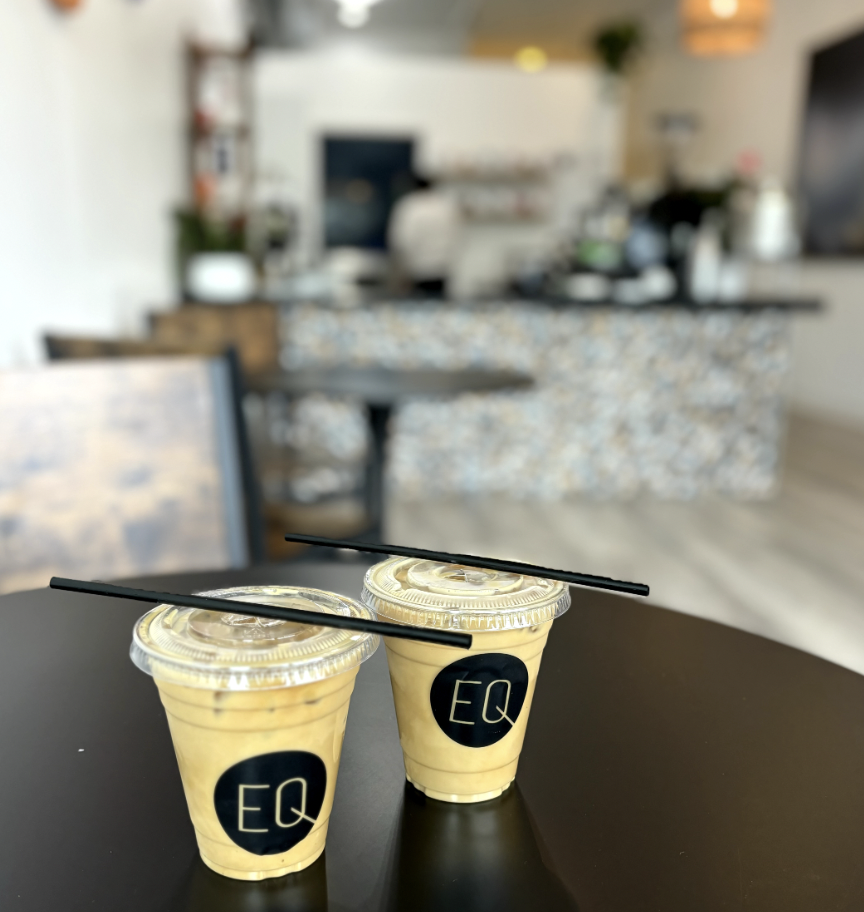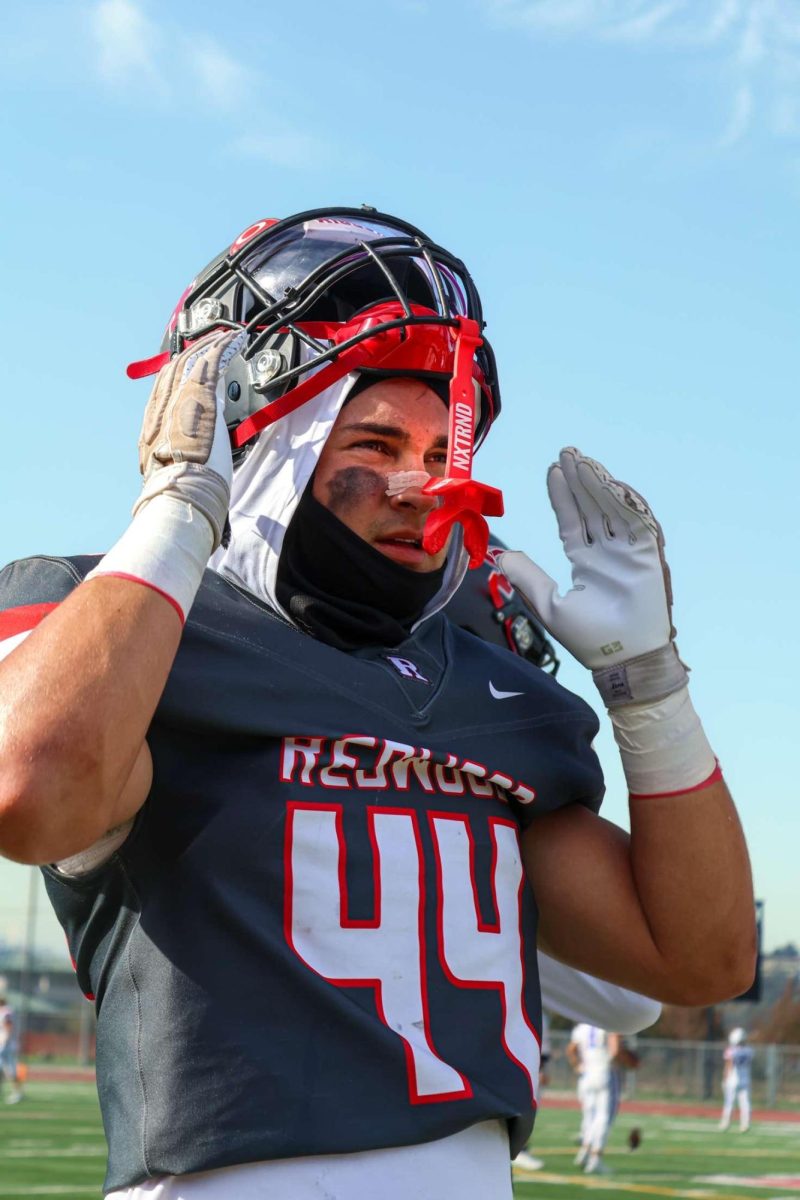The photographs featured don’t even look like they were taken by the same artist; the collection is so diverse that there’s something that will interest any viewer.
Photographer Anthony Hernandez will be featured in a retrospective exhibit at the San Francisco Museum Of Modern Art (MOMA) starting Sept. 24, adding to the collections displayed since the museum’s redesign in May. The
exhibit will have over 150 photos taken during Hernandez’s career, which began in 1966.

Hernandez’s work is largely inspired by locations, from his shots in Oakland, Baltimore, Italy and Vietnam during his service. A majority of his photos were taken where he grew up in LA, which explains his attraction to the area and its complexities.
One of his biggest collections is made up of color photos taken in the ‘70s and ‘80s, called “Rodeo Drive.” The photos do a great job of showing the fashions of the upper class during the ‘80s, and are fairly candid, which adds an engaging perspective that isn’t often seen in street photography.
The best images are the ones taken from an unusual angle, such as the one of the woman in front of the “Bellini’s” sign. The viewer can see her reflection in the mirror putting on lipstick, as well as an onlooker in the background. This photo captures the luxurious feeling of the series, more than the other photos that were shot from straight-on.
After starting with street photography, Hernandez’s style transitioned in the mid-1990s; he moved away from portraits, and started shooting smaller details. Recently, his photos have explored urban and contemporary ruins, such as abandoned buildings.

His most famous collection, “Landscapes for the Homeless,” was completed in 1991 and is included in the exhibit. It featured the living spaces of the Los Angeles homeless population, created to show the condition of modern homelessness.
The pictures, while gritty, are beautiful in terms of their composition and light. Additionally, the photos aren’t too romantic in nature, and cause the viewer to take a second look to consider the detail.
They combine the reality of the subject matter with obviously skilled photography.
The photos featured in the exhibit are fairly simple, but elicit a complex response from the viewer. The use of empty space and color make every photo beautiful, even though the subjects are often unidealized.
His early street photos are especially fascinating, seeming to catch a moment in time, all while capturing the movement and spirit of the person or people featured.
The photos included in the exhibit showcase Hernandez’s versatility, and each photo is able to capture the energy of the scene, whether that be a woman walking across the street or hundreds of cigarette butts laying in the dirt.
The MOMA has featured Hernandez’s work before, but have never showcased it at such an in-depth level as in this upcoming exhibit. According to exhibit curator Erin O’Toole, the MOMA is hoping to introduce his past work to a broader audience.
The Hernandez exhibit will join the other exhibits featured in the newly re-designed MOMA. Permanent exhibits include a highlight on German art that explores postwar emotions and ideas, American abstract art and a showcase of pop and figurative art.
Additionally, the Campaign for Art exhibit features new donated pieces and works commissioned for the museum, in all mediums.
Hernandez’s work will be showcased in the Pritzker Center for Photography on the third floor, and will be on display until Jan. 1, 2017.






